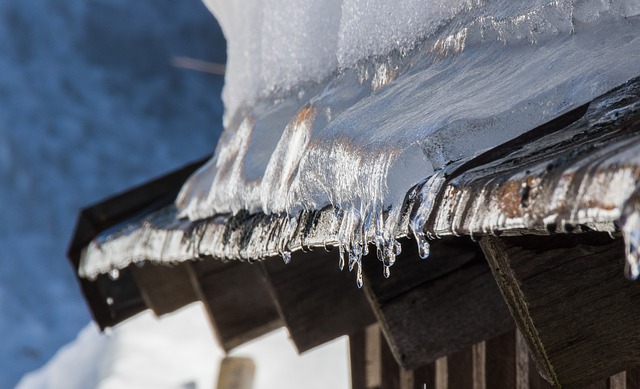Keeping your home comfortable shouldn’t cost you a fortune. Many homes have minimal insulation, over the years insulation wears down and becomes less dense. This causes the house to lose heat, and bills to rise. Under insulation is costing homeowners lots of money, it’s just rising up through the roof.
How to know your home needs an insulation/ventilation inspection:
- rising heating bills
- during winter; patches of melted snow on the roof
- icicles from the eaves troughs
- stagnant air
- air conditioning needs to be cranked up to have an effect
A house needs to be able to breathe, our team of experienced professionals will advise on what can help your home run more efficiently. Insulation is among the best ways to improve home energy efficiency and improve savings, however, many people don’t even consider upgrading their insulation until it finally clicks that their energy bills are going through the roof. According to Natural Resources Canada, we are spending roughly 60% of our household bills are for heating!!
Insulation efficiency is based on an “R” value, homes built in different years will generally have different “R” values depending on the builder and code at the time. The code today is set at “R” 50 which is about 16 inches of cellulose (looks like shards of paper), e.g. a home built in 2000 has an R-value of 32 however the quality of insulation used at the time would have deteriorated to about an R18 value. Homes built in the 1950s will have an R12-R14 value in today’s standards.
Two ways to improve insulation
Re-insulation is an entire tear-out and re-installation of new insulation. It will ensure the very best possible energy efficiency for the home, regardless of how old it is. Most homes are fine with a top-up but at times the existing insulation is removed and has to be removed. If the existing insulation is damaged, is contaminated or if someone wanted a clean start, the existing insulation would be removed. Sometimes this has to be done manually, but usually, it is vacuumed out.
Top-Up improves current insulation. We find that most attics can be retrofitted by keeping the insulation that exists, performing the preparations, and then adding cellulose fiber insulation as an “overcoat”. Simply putting in another layer of fiberglass or cellulose insulation on top. Top up’s allows homeowners to save energy and money by bringing the home to current efficiency standards.
Live to a better standard. SCHEDULE a free inspection today.
Ensure your home is a lot more comfortable regardless of what time of the year it is. Warmer in the winter and cooler in the summer.
- Help reduce outside sounds
- Boosts the efficiency of your Air conditioning unit
- Helps to make your home much more eco-friendly
- Actually increases the reselling price of your home
The affordable solution
Topping up your existing insulation to the current R-50 value or the future R-60 standard is the most affordable option. At Leading Edge, we always provide various options allowing the homeowner to choose the best insulation package for your budget and needs. By adding more insulation on top of your current insulation it makes the process more affordable.
Visible signs you need more insulation
Winter is the easiest time to check if a house is losing heat through the roof. It will be completely visible, if you recognize this happening in your home it’s time to give us a call to get your free estimate.
During the summer months, a thermograph is needed to see where the house is losing energy. It’s just as important to have proper insulation for the summer months, especially when you are running air conditioning units. A poorly insulated house will allow the summer heat to easily penetrate a home, costing you more to cool it. The biggest loss of heat is a poorly insulated roof.
Icicles can be pretty but they are dangerous when hanging from your roof. These icy spears reflect ice damming (read below) and are a major indicator that the home is in need of help. These ice dams can destroy shingles and could cause costly leaks into the home.

